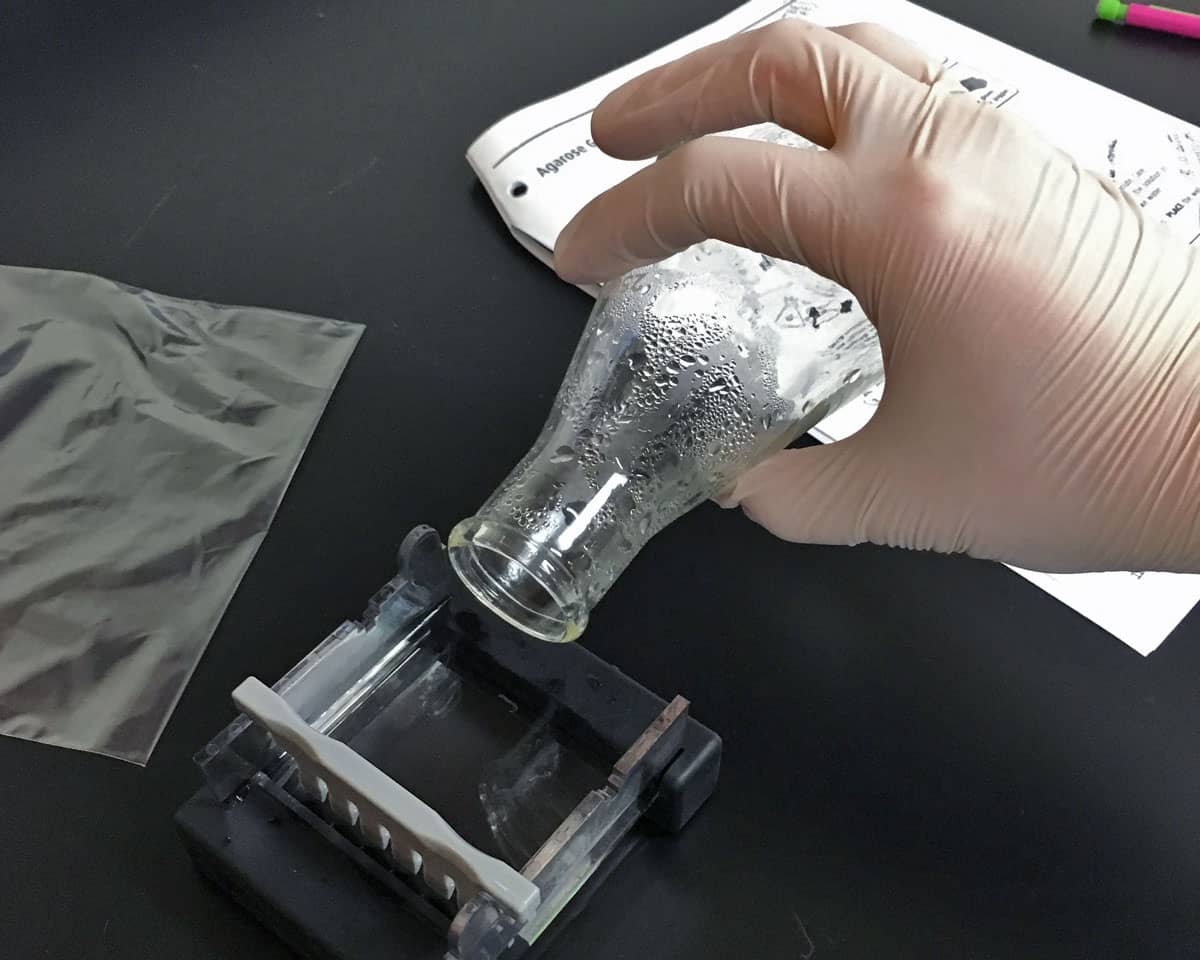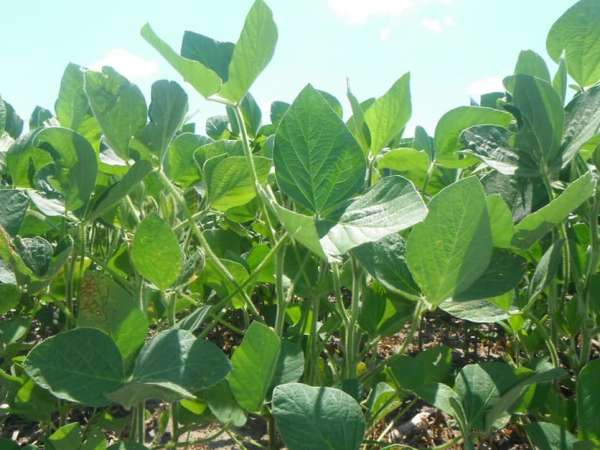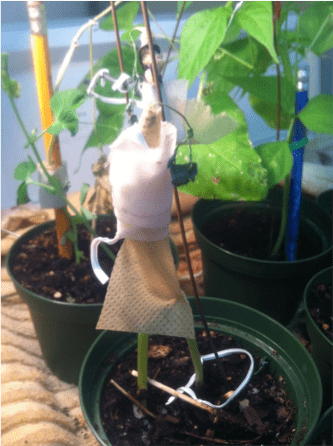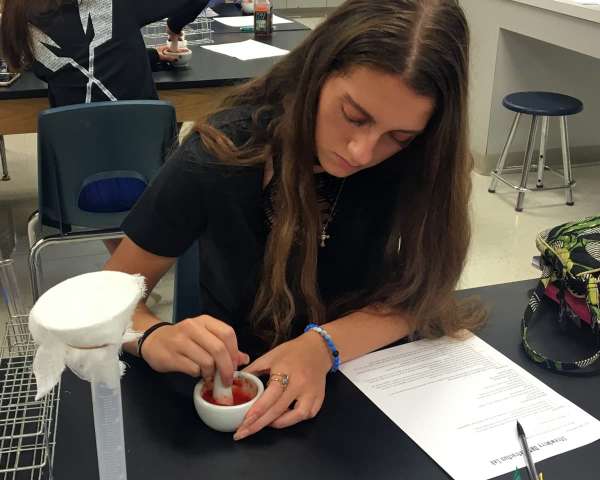Gel electrophoresis basics
Lessons
# Gel electrophoresis skills
Students identify important terms related to gel electrophoresis, understand a technique to look at gene fragments, and compare models of gel electrophoresis to a standard. Students use the gel electrophoresis e-learning course and the poster to reinforce the parts. Visit “DNA electrophoresis sample loading” to see how to load a gel (begin at 1:05)
Files
# Gel electrophoresis practice
Compare the conduction properties of water, use of different solutions and effect of concentrations on gels. Practice using virtual lab skills by visiting these websites: learn.genetics.utah.edu, dnalc.org.
Files
# Using dyes to understand gel electrophoresis
Students use candy dyes to understand speed and distance traveled within a gel, then use gel electrophoresis to determine if a plant has been genetically modified (modeled using food dyes). EDVO-Kit #S-46 is courtesy of Edvotek, Inc.
Files
Teacher background
DNA fragments (or other macromolecules, such as RNA and proteins) can be separated based on their size and charge. By running a current through a gel containing the molecules of interest, gel electrophoresis causes molecules of different sizes to travel through the gel in different directions or at different speeds, allowing them to be separated from one another. Since DNA molecules have the same amount of charge per mass, gel electrophoresis of DNA fragments separates them based on size only. This allows for observation of many different DNA fragments which might be present in a sample and the sizes relative to one another. Determining the absolute size of a piece of DNA is possible by using a sample of DNA fragments of known sizes.
Overall, biotech jobs are expected to increase by 10% over the coming years. The number of jobs for biotech technicians is expected to increase by about 10,600 openings each year, on average, over the next decade. To learn more about biotechnology in agriculture, see our Biotechnology carer video. Other careers in biotechnology can be found at biotech-careers.org.
Next gen science standards
Science and engineering practices
- Developing and using models
Crosscutting concepts
- Cause and effect
- Systems and system models
- Structure and function
Disciplinary core ideas/content
- ESS3C Human impacts on Earth systems
- LS3A Inheritance of traits
- LS3B Variations of traits
- PS2B Types of interactions
- PS4C Information technologies and instrumentation
- ETS2 Links among Engineering, technology, science and society
- ETS2A Interdependence of science, engineering and technology
- ETS2B Influence of engineering, technology and science on society and the natural world





Share this